Introduction
Research in the field of artificial intelligence (AI) has been actively pursued as far back as the 20th century. Scientists, engineers, philosophers, science fiction writers, and futurists have presented AI solutions in very different ways. For example, some researchers suggested that it is necessary, first of all, to study the human brain and create such solutions in the field of AI that will repeat the thought process of people. However, this line of research was popular at the end of the 20th century, when the power of computers (even supercomputers of that time) did not yet allow us to perform a whole class of complex computational tasks that we solve today using ordinary gadgets without much cost and effort.
Alan Turing is well known among scientists of the 20th century, he developed the famous "Turing test", with which it is possible to assess whether a machine can think, and whether the inspector will be able to recognize who is communicating with a person or a computer program.
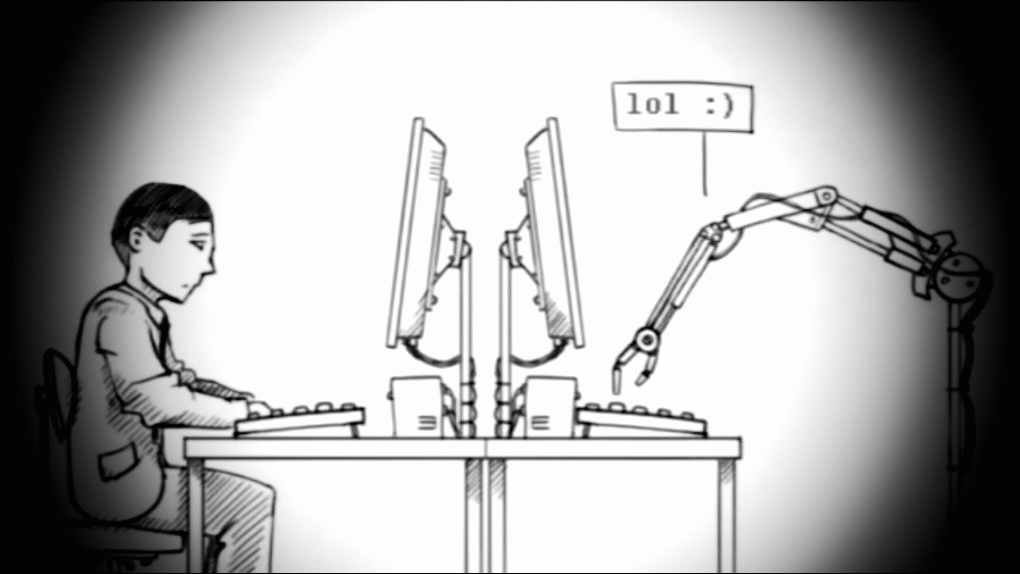
Fig 1. Turing test
For the first time in the late 90s of the last century, a computer program was able to beat the world chess champion. However, we note that such programs based on artificial intelligence could only solve a narrow class of problems (play chess or go, recognize faces or automate some other production process).
It can be noted that some kind of universal AI has not yet been created, which, on the one hand, thinks in the same way as a person, and on the other hand, surpasses a person in solving almost all intellectual problems and can make a whole range of important decisions himself.
Research in AI has taken a slightly different path: the increase in computing power of computers and the bandwidth of backbone networks over the past couple of decades, the emergence of completely new technologies such as machine learning (ML), deep learning (English ), search in big data, Internet of Things (IoT), cloud technologies, etc. allowed scientists and engineers to put some AI solutions into practice.
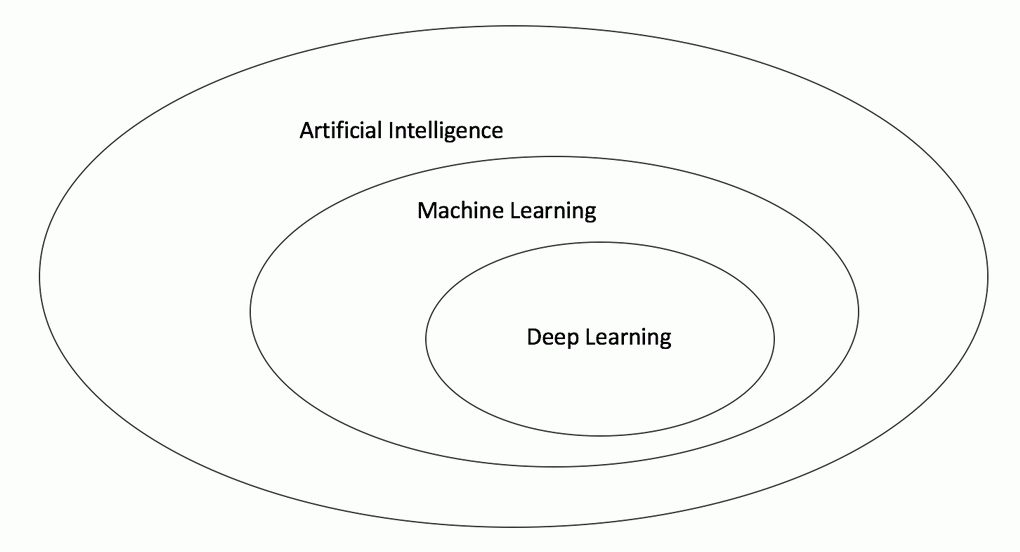
Fig 2. New technologies: artificial intelligence, machine learning, deep learning
In a purely applied aspect, AI researchers found alternatives: instead of deeply studying human thinking processes and creating something similar for a machine, it was decided that machine learning works well for many tasks on huge data sets and taking advantage of scaling (increasing computational capacities of modern computer systems). It is possible that intelligent machines, indistinguishable from humans in the field of thinking, will come in time in the future.
In this article, we will focus on those areas of AI and related technologies that are already working in practice, determine the course of digital transformation in the world and will be widespread technologies in the sixth industrial order.
What changes will AI and robotics bring to industry and logistics?
Nowadays, the terms "unmanned production" or "digital production" are in use, but earlier in the 80-90s of the 20th century, automation was mainly introduced in industry. At the present stage, with the development of IoT, additive technologies (3D printing), big data and robotic systems - the concept of "digital production" implies a continuous cycle, which includes:
- modeling the future product and the process of its manufacture itself;
- the use of big data and business intelligence;
- the use of robots of a new generation with AI in workshops;
- integration of various production units and implementation of ERP systems (Enterprise Resource Planning, enterprise resource planning);
- use of the Internet of Things (IoT), blockchain, private cryptocurrencies for internal payments.
However, skeptics argue that they are afraid of high unemployment due to the widespread use of AI and robotics in industry. To this I would like to answer that so far completely "unmanned production" is not massively applicable, and the reason here lies in the shortcomings of modern systems based on AI and robotic complexes, which typical production processes and highly specialized operations perform better and more efficiently than humans, but in critical situations can not always make the right decision quickly.
There is only one way out: the use of cobots, (collaborative robots) - specialized devices that work in conjunction with a person, where a person is needed to make quick and intuitive decisions in situations that cannot be fully automated and where AI is still not effective enough.
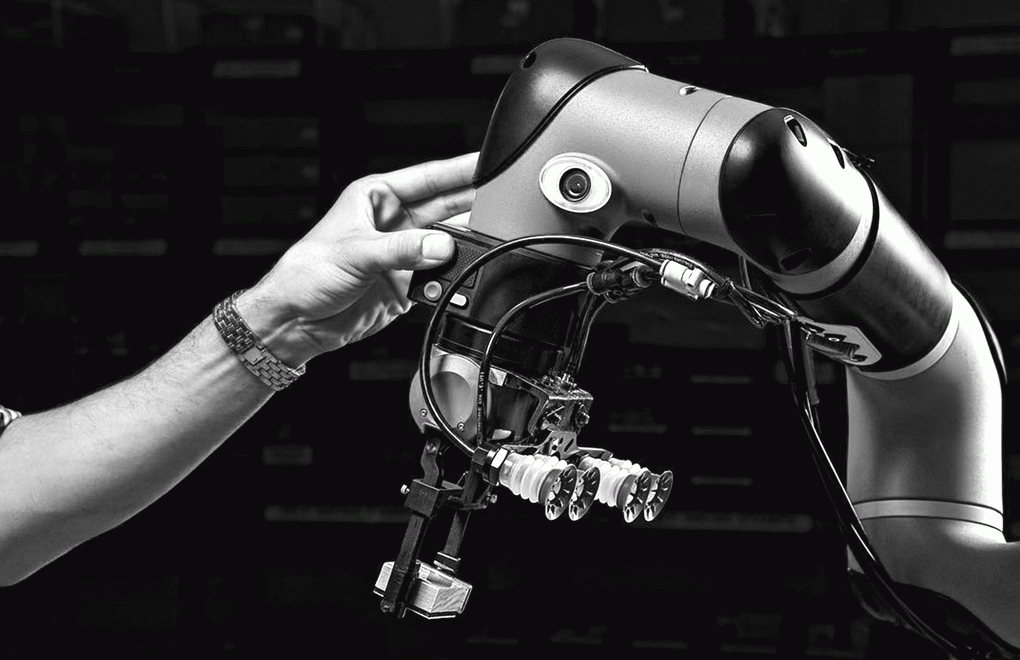
Fig. 3 Implementation of cobots in production
Another area of AI use is logistics and unmanned vehicles, which are now being massively tested in the United States. By the way, accidents involving unmanned aerial vehicles have already been recorded, so a requirement has been introduced for the mandatory participation of a person with a driver's license in such tests. The reason lies in the wrong decision-making in an emergency by the AI system of an unmanned vehicle, where an experienced driver makes a decision quickly and intuitively, AI cannot yet fully compete with him.

Fig 4. Unmanned vehicle
How can artificial intelligence change the way office workers and the creative class work?
In the previous part of the article, we revealed some details of the upcoming changes in industry and logistics, which are associated with the digital transformation of this area (the introduction of robots and AI). It would seem that the potential threat of unemployment is only possible for the working class and service workers? After all, numerous futurists have always inspired us that robots and AI will oust humans from the sphere of physical labor and conveyor production. However, it is in the field of office work and even some creative activity that we already see numerous developments in the field of AI, which are gradually changing the business processes of a modern office.
Attention should be paid to one of the applied directions in the development of AI - this is a whole class of machine learning (ML) methods. Using these methods, the program does not solve the problem directly, but trains on a huge set of similar problems. Neural networks are also applicable in such cases, which are trained, and not programmed, like ordinary software.
Today we widely use machine translation systems from foreign languages. Of course, they are not yet able to completely replace professional translators, but they are already helping us quickly translate the required text from one language to another.
There is copywriting software that can replace journalists, copywriters, reporters and other content producers.
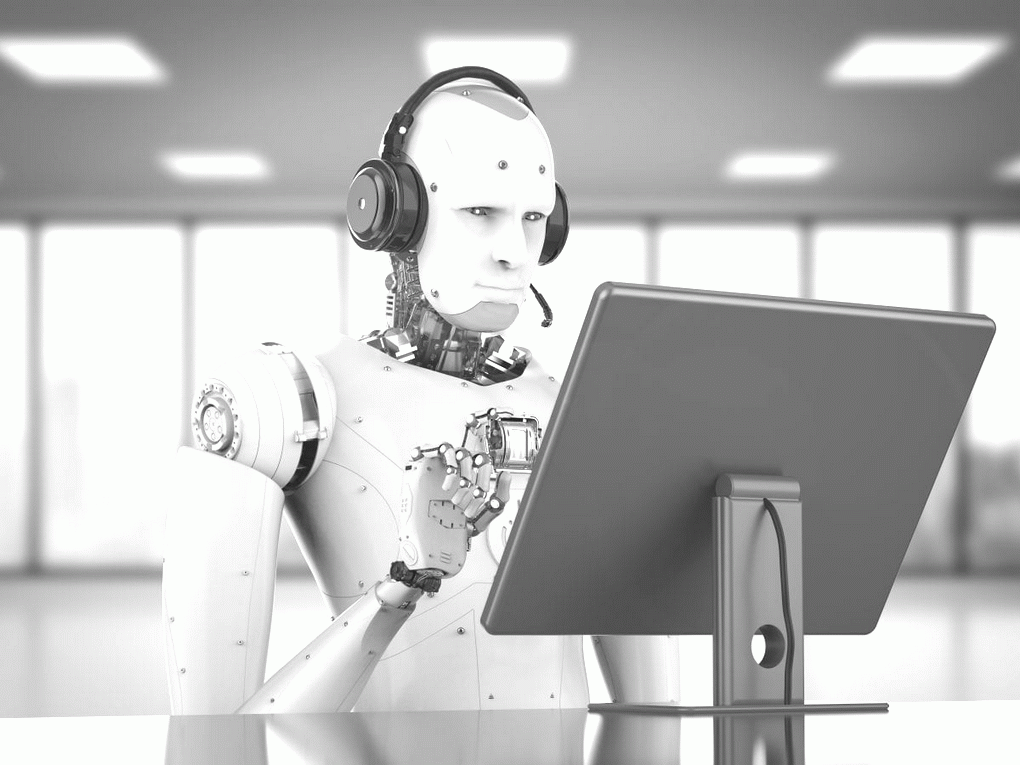
Fig 5. Artificial intelligence writes texts instead of a journalist
How is the work of such programs based on AI built?
- Initially, such an application is trained (using ML algorithms) on large volumes of similar texts with certain parameters: topics, keywords, writing style, etc.
- Then the most suitable algorithm is selected, which continues the "learning" already on a more compact base of texts with precisely specified characteristics.
- At the next stage, a model of this machine learning is created, which already generates the text itself, but still with errors.
- At the final stage, the person edits the generated text and corrects errors.
As we can see, such systems are not yet capable of creating complex and large meaningful texts without human participation. Although work in this direction is underway, even in the field of painting and composing music.
In the field of work automation, the so-called "office plankton", good results are given by RPA (Robotic process automation) methods in conjunction with ML and AI. In fact, RPA is a complex of specialized technologies used to automate processes in business, banking and finance, etc. Using RPA algorithms, a developer can create bots that, according to a given algorithm, perform a routine task, for example, collect some accounting data into tables or reports (by pasting or copying, repeating human movements).
However, simply using RPA methods solves only a very narrow circle of primitive tasks, and with an automation efficiency of no more than 50-60% of all such business processes. Adding machine learning and artificial intelligence to RPA allows you to expand the range of automated processes by creating intelligent "bots" capable of performing a wide range of tasks, working on more complex algorithms and even having some freedom to make decisions.
Thus, we get the ability to automate up to 80-90% of typical office work. Of course, employees will still be needed who will be able to correct the operation of such systems and correct errors of "intelligent bots", but in general, very many people will be freed from such routine and monotonous activities as entering and processing accounting data, reconciliation, reporting etc.
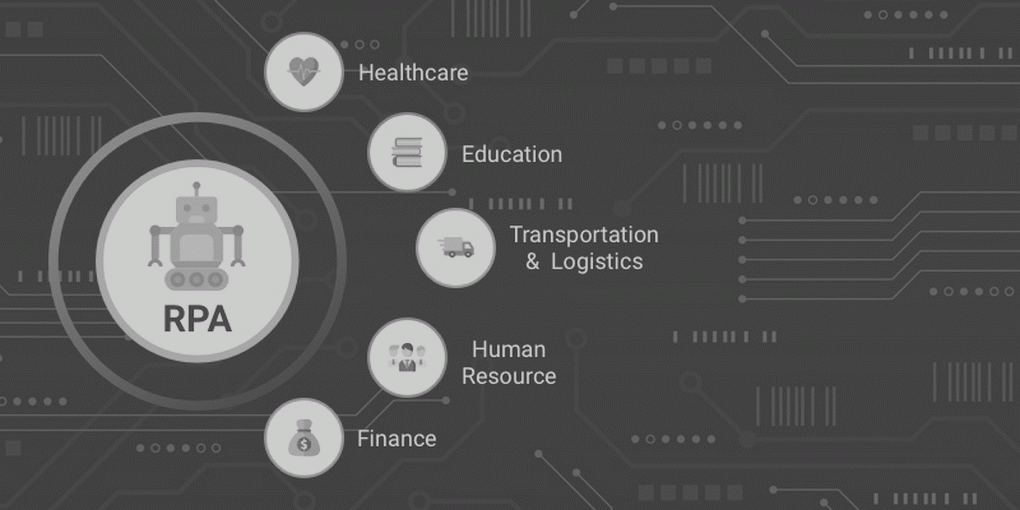
Figure 6. Areas of RPA Application
Will artificial intelligence be able to cope with management tasks or is it the exclusive right of only a human manager (manager, head of the company, etc.)? For the time being, in our country, management decisions are made by people, however, in the sixth technological order, new management models based on probabilistic methods and reflexive control will also be in demand. Already there is IBM Watson (a supercomputer from IBM), which, using AI, solves a whole class of very complex consulting and even scientific problems (develops effective solutions for corporations, builds mathematical models for research in the field of oncology, etc.).
Conclusion
The use of artificial intelligence systems will bring to the economy, industry and social life, both many advantages for citizens, and will give rise to some problems that are worth paying attention to now:
- AI technologies, as well as ML, Big data, IoT, etc., may end up in the hands of a narrow group of individuals or monopolies, as a result of which this will lead to the creation of a "digital dictatorship" and new totalitarian systems, where algorithms will make decisions for us in household, professional, social and even political issues.
- AI ( « », ..) . «» — , « ». , .

7. - AI , , .
All these problems need to be solved now, during the period of digital transformation of the economy, so that the transition to the sixth technological order would not be very painful for the majority of citizens and bring only positive aspects into their lives.